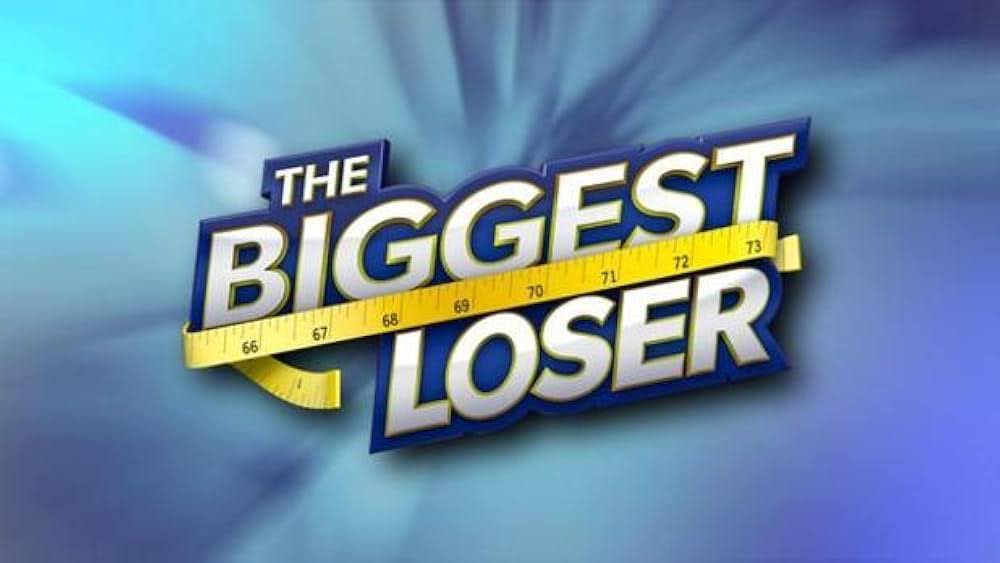6 p.m. on November 29, 2005: If this generation had been alive then, it probably would have been just another Tuesday evening, unless they were tuning in to NBC’s hit show The Biggest Loser. They would have been among nearly 16 million viewers who watched the season two finale. Nobody would have paid any real attention to the issues the show caused. The exaggeration intentionally added for dramatic effect across its 17 seasons would have gone nearly unnoticed.
In 2003-2004, approximately 32.2 percent of American adults, aged 20-74, were obese, according to the Center for Disease Control (CDC). 10 years prior, the same age group had only 22.5 percent obesity across the nation. And in the most recent study from the CDC, which lasted from August 2021 to August 2023, the amount of American adults considered obese is 40.3 percent, or just over 105 million US citizens.
The dramatic increase in obesity left many feeling self-conscious, most of whom had never felt something like this before. This was especially true for one unnamed person, who put up a sign requesting a fitness trainer at a gym. This gym, though, was the gym that producer and writer David Broome went to, the soon-to-be creator of The Biggest Loser.
After production for The Biggest Loser got up and running, people fell in love with the show. Views were high, people thought it was entertaining, all good things to NBC corporate. But in reality, most of the viewers were not watching the show because they liked the contestants’ personalities, but rather because they enjoyed the humiliation the contestants got on national television.
Fit for TV: The Reality of The Biggest Loser, a Netflix docuseries released in August 2025, discusses the controversies of the original show. One topic they cover is the shaking of the camera after someone fell, for example, off a treadmill. By doing this, the producers tried to portray that the contestants were so overweight that the ground shook when they fell.
This was not the only way the contestants were intentionally shamed by the show; the “temptation challenges” were also a way to make them seem like they had no self-control with food.
The “temptation challenges” were when the contestants were given a large amount of high-calorie food after getting very little food compared to their normal amount. After the people ate the most amount of food they could in a certain amount of time given, the person who had eaten the most calories was given an advantage, whether that was receiving a cash prize or getting a personal trainer for an hour. This was originally designed to test a person’s ability to remain steady in the competition, but in reality, it just gave viewers more of a reason to think that the participants were gluttonous.
To someone who might be watching The Biggest Loser for the first time, it might look like the producers and the trainers had the participants’ best interests in mind, and that the embarrassment was just an accident that got thrown into the show. They might think that the trainer’s personalities are just for entertainment and that the camera shaking was a mistake. In reality, though, that is just the show’s staff covering themselves from any backlash they might get.
Take the camera shaking as an example: this did not happen just once; the movement was reused over and over again across the original seasons to insinuate that the people caused the whole ground to shake because of their size, which was far from true.
And for the trainers? Jillian Michaels, one of the trainers in the show, was known for being harsh on screen and aggressively criticizing the contestants if she did not like their exercising abilities. Even after Bob Harper, Michaels’ co-star and “rival” in the show, had a heart attack, she did not contact him to see how he was. And now, she is even considering suing Netflix for ‘fabricating’ the accusations made in the docuseries. But she is not only going to sue Netflix; she would also go after Robert Huizenga, The Biggest Loser’s medical doctor and director, along with Harper, for the claims they both made about her during their interviews. This just goes to show how Michaels’ selfish personality in the show matches her personality in real life.
So, in the end, did the show have good intentions? In the beginning, yes. Were those same intentions there at the end of, say, the 10th season? No, they were not. And now that the truth is out there, people who watch the show know the deep humiliation the show caused the contestants, who already faced difficulties with self-esteem. Were the contenders of The Biggest Loser actually winning something valuable? If viewers count humiliation, PTSD and bad memories as wins, then they won big time. But when viewing winning as maintaining a healthy weight, having an enjoyable experience and gaining a healthier view of their body image, they were unable to make that a success.



